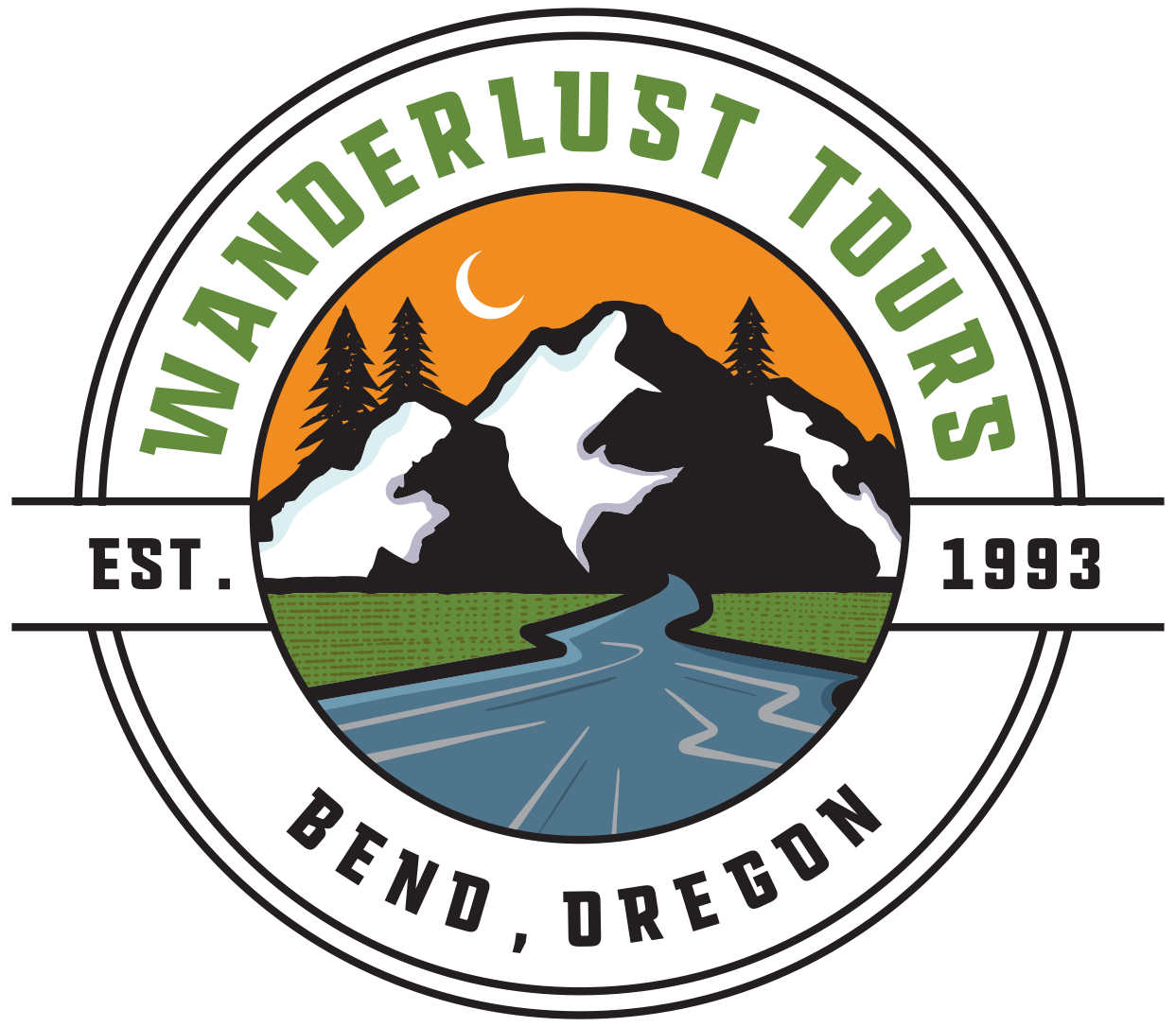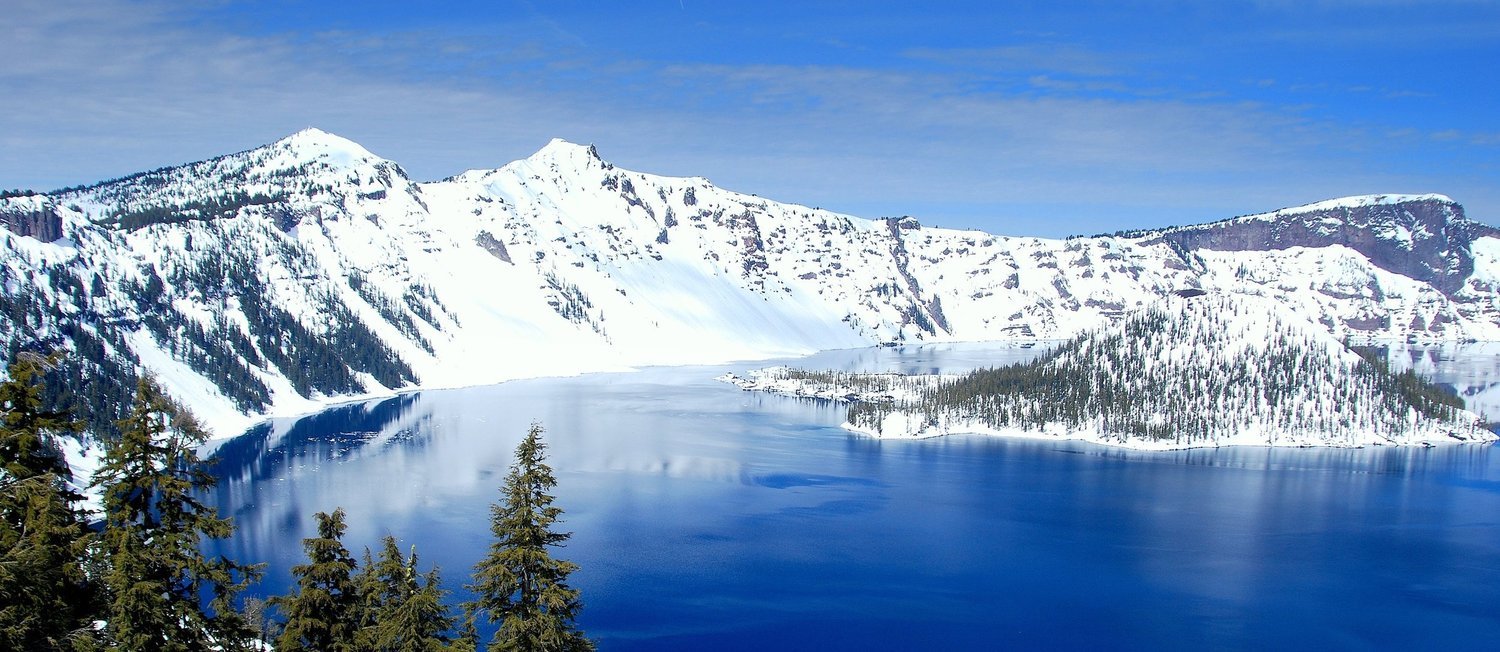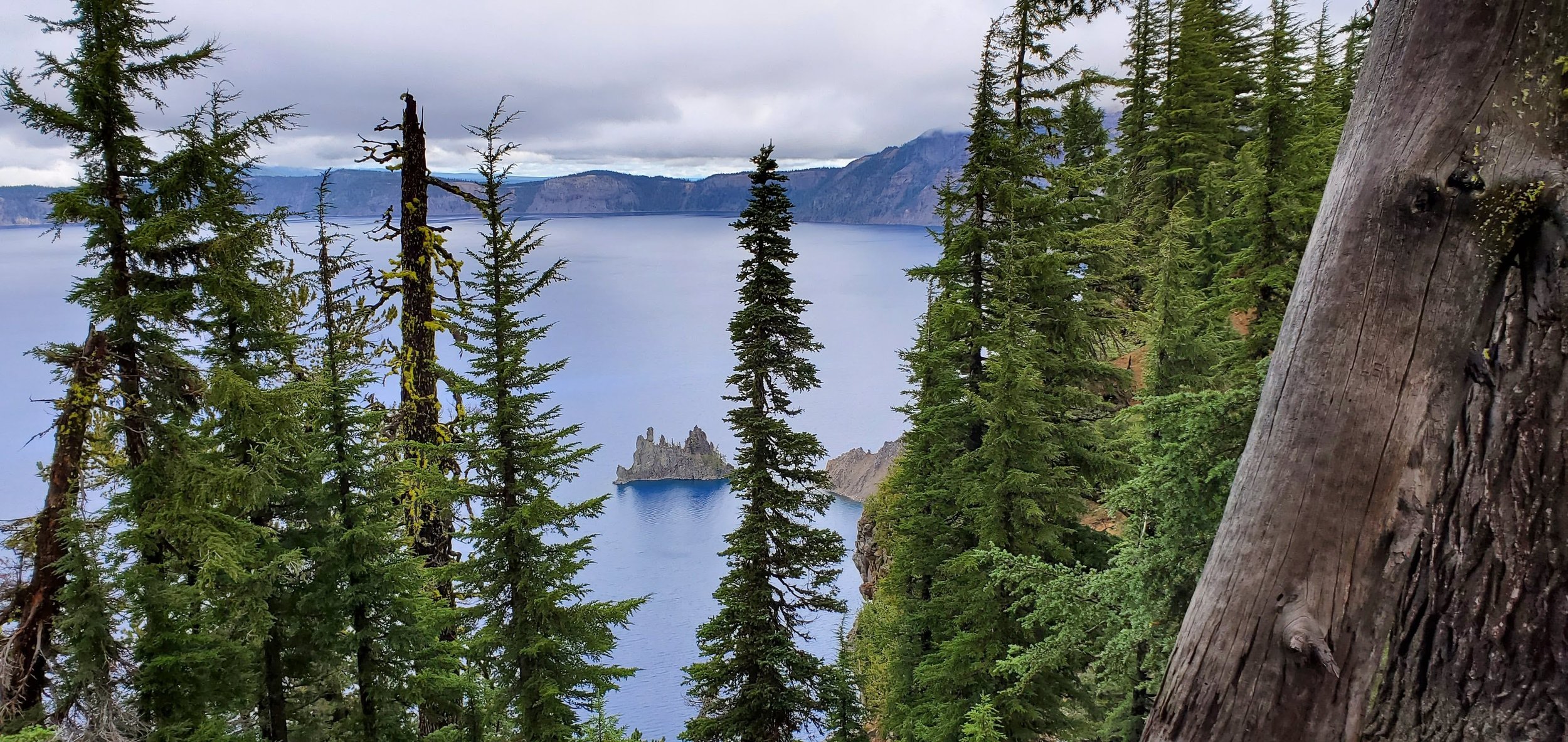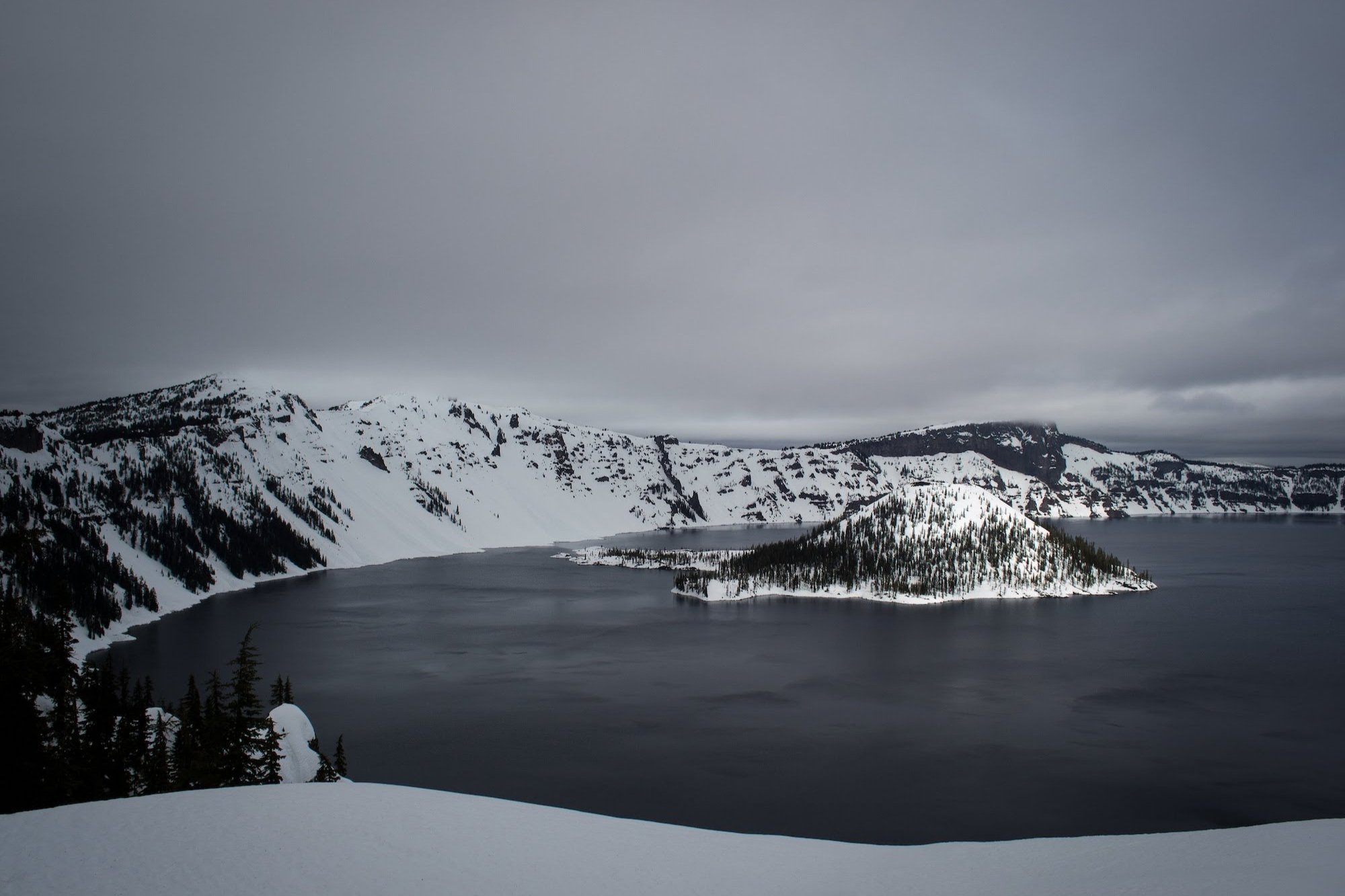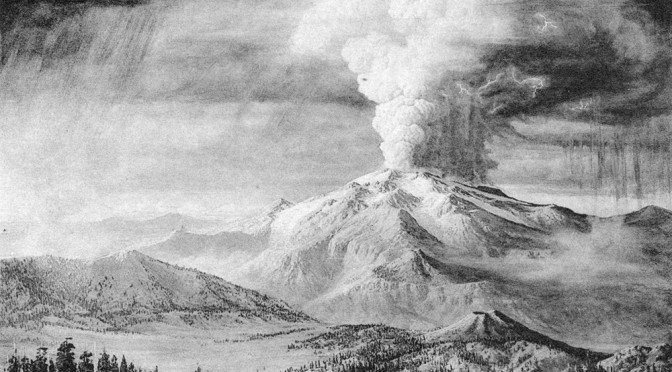Protecting the natural evironment
Leave No Trace is a set of outdoor ethics that aims to minimize the impact of human activities on our incredible natural environments. It is a set of principles that promote responsible behavior and stewardship of the natural world while enjoying the outdoors. Leave No Trace principles can be applied in any outdoor activity, from hiking and camping to canoeing and backpacking. By following Leave No Trace ethics, we can ensure that our natural spaces remain pristine and beautiful!
The 7 Leave No Trace Principles:
Plan Ahead and Prepare: Proper planning and preparation can help prevent accidents and reduce resource use or damage. Before heading out, research the area you plan to visit, learn about its regulations and potential hazards, and be sure to bring the appropriate gear and equipment.
Travel and Camp on Durable Surfaces: When possible, camping and hiking should be confined to designated campsites and trails to avoid damaging fragile vegetation. If no established site is available, camp at least 200 feet from lakes and streams and camp on durable surfaces such as rock or gravel to minimize your impact.
Dispose of Waste Properly: Leave no trace means packing out what you pack in; carrying out all trash, leftover food, and litter. Always pack out all waste, including toilet paper and hygiene products. Use a designated restroom when available, or dig a small hole at least 200 feet from water sources and bury human waste. Use biodegradable soap for washing dishes, and dispose of gray water at least 200 feet away from water sources.
Leave What You Find: Leave natural features such as rocks, plants, and artifacts as you found them to preserve the natural environment. Avoid building structures or digging trenches, and do not remove plants or flowers.
Minimize Campfire Impact: Campfires can cause lasting impacts on the environment, so use a stove for cooking instead whenever possible. If you must have a fire, use an established fire ring, keep it small, and use only downed wood. Never cut live trees or branches, and be sure to put the fire out completely before leaving. Even when at established campsites, check to make sure there are no wildfire warnings or fire bans in your area.
Respect Wildlife: Wildlife should be observed from a distance, never approached or fed. Store food and garbage securely, and keep a safe distance from animals to avoid disturbing their natural behavior. Leave pets at home or keep them on a leash.
Be Considerate of Other Visitors: Be mindful of other visitors and respect their right to enjoy the natural environment. Keep noise levels low, yield to others on the trail, and avoid disturbing other campers.
At Wanderlust, Leave No Trace is an important part of our mission. We live and breath the outdoors and want to do everything we can to preserve and protect the beauty of mother nature all while inspiring others to the same. Leave No Trace is not just about avoiding negative impacts on the environment but also about fostering a positive and responsible attitude towards the natural world! By following these principles, we can all enjoy the great outdoors while minimizing our impact and helping to preserve our natural resources for future generations.
